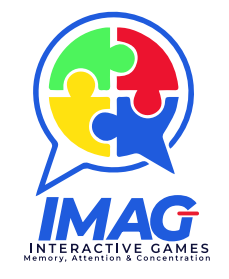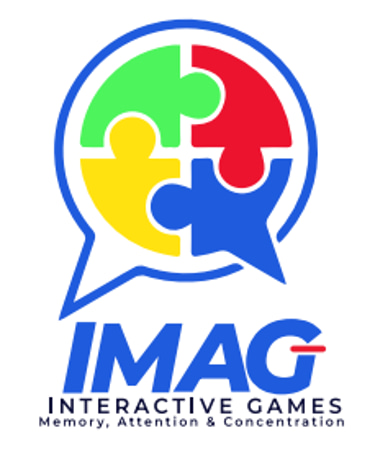Unlock THE POWER OF your mind: FREE SHIPPING OVER $35!

Steps To Play
One: Present the cards on your playing surface by placing them face up in a random manner.
Two: The participant(s) must observe the 24 pictures for 60 seconds to identify their content, that is, the similarities and differences. It is important to pay close attention to the elements that each sheet contains to locate the correct pair.
Three: Turn the cards on their opposite side so that only the white face is visible.
Four: Choose a sheet and look for its correct pair; if you choose an incorrect one, return it to the spot it was taken from and continue the game until you find all the correct pairs. It is important to take into account the time spent for execution until you achieve the shortest time possible.
Note: When there are two or more participants, the game is played in turns and the rules are set by the participants.

How It Works
Each game set consists of 24 plates, 12 of which are originals and 12 are copies. All cards contain figures and attributes that make them similar to each other; however, they are distinguished by varying positions, sizes of objects within the image, and key details or the absence of them. The main objective is to activate, stimulate, and reinforce the cognitive functions of the brain related to memory, attention, concentration, visual perception and mental agility. As you play and match the corresponding cards to their original copies, you exercise the mental motors in charge of delaying the deterioration typical of the normal evolutionary process, strengthening your ability to store and recall information from memory.

Our Mission
Our main objective is to activate, stimulate and reinforce the higher functions of the brain - referring to memory, attention, concentration at all levels, and visual perception - for adults in general and in particular for those whose functions diminish over time due to the natural evolutionary process.
We intend for our audiences, with continuous use of these games, to develop active mental exercises. As such, these can be used individually or in small groups (two or three people at a time), which results in an interactive dynamic that generates healthy socialization and reinforces the most important functions of the brain.
It is our intention to contribute to the preventive work behind the deterioration of neuronal activity, thereby positively impacting personal progress and daily activities such as work and study. Our entertaining games help with just that, improving memory and delaying age-related alterations. Using them effectively and constantly encourages the brain's ability to store and remember information, supporting cognitive capacity.
RESOURCES
CONTACT US
JOIN OUR NEWSLETTER!
Copyright © 2025 IMAG USA LLC. All rights reserved.
Got A Specific Inquiry?


